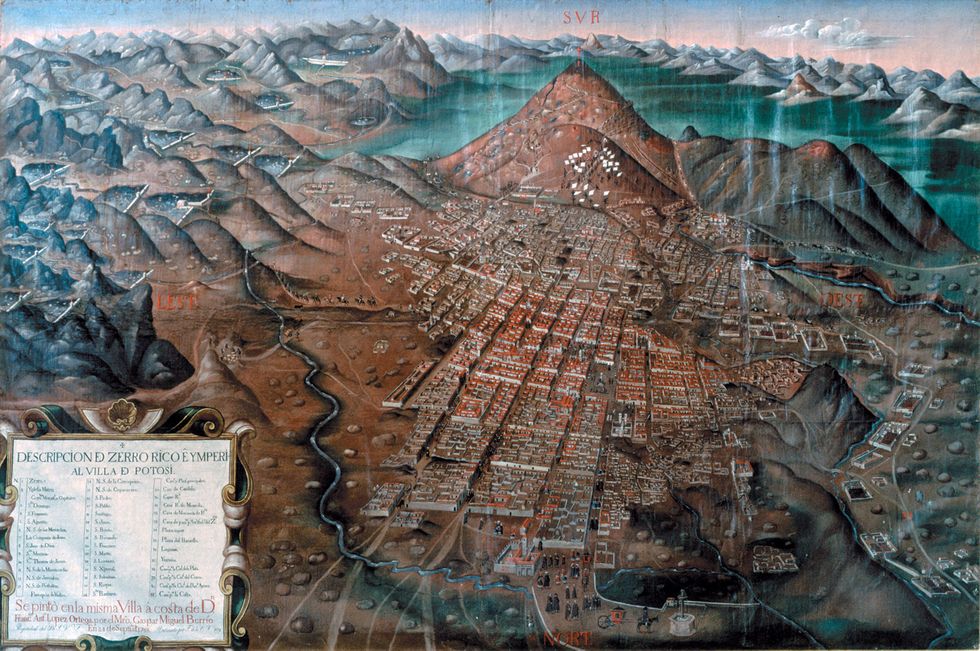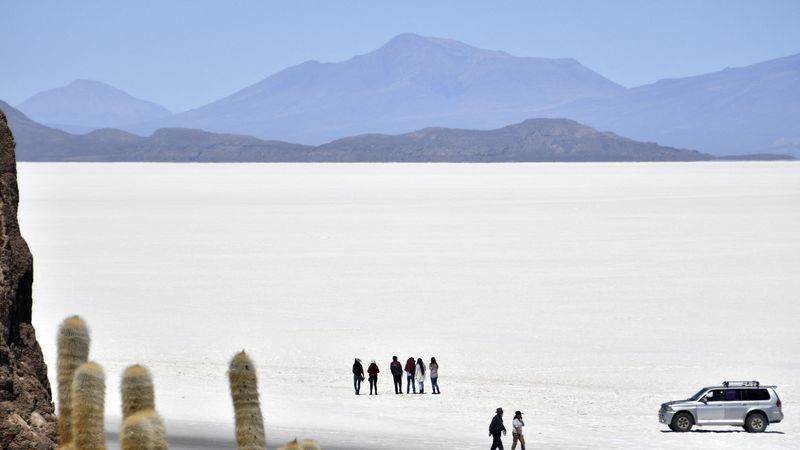The planetary crisis is not a threat to the planet. The planet will be fine, like most planets. The planetary crisis is a threat to humans because conditions on Earth are becoming less and less suitable for life.
The summer of 2023 made that painfully clear. According to scientists, it was the hottest summer in 120,000 years. Anyone who scrolled through the news saw heat record after heat record being broken in Europe, with temperatures above 45 degrees, but also extreme heat waves in China and Pakistan. The amount of sea ice around Antarctica has reached an all-time low. And the oceans were much warmer than ever measured.
The summer of 2023 was hot, but without a crisis approach in the fight against climate change, subsequent summers will be much hotter. And deadlier
The high temperatures cause extreme weather conditions, causing more and more victims. Forest fires shrouded New York in an oppressive orange haze and caused life-threatening situations in Canada, Greece and Hawaii, where hundreds were killed. Floods killed dozens of people in India and South Korea, while in Libya more than 40,000 people were displaced and at least 5,000 people died. In the Horn of Africa, harvests failed due to persistent drought, leaving more than 5 million children malnourished.
It won’t stop there. The summer of 2023 was hot, but without a crisis approach in the fight against climate change, subsequent summers will be much hotter. And deadlier.
The planetary crisis has two features, which are inextricably linked: climate disruption and extreme inequality. Due to the way our society is organized, both climate disruption and inequality are currently increasing. The planetary crisis therefore confronts us with a destructive, unsustainable and outdated system, which stems from an old era. One of its roots lies in Bolivia. There, the city of Potosí symbolizes the unsustainable state of the world.

An old era
Potosí is a popular holiday destination, especially among Western backpackers who take the plane in search of themselves. Most visitors to Potosí are on their way to Salar de Uyuni, a salt flat of 10,000 square kilometers and the breeding ground of no fewer than three species of flamingos. A huge reserve of lithium has been discovered beneath this salt flat, an important component of batteries for iPhones, electric cars and e-bikes, in short, an important part of life in a rich country.
The energy transition (switching from fossil fuels to renewable energy sources, such as sun, wind and water) is also dependent on lithium, which is why lithium prices have increased tenfold since 2020. The Bolivian government has therefore decided to build a mine in Salar de Uyuni. In January 2023, Bolivia signed a multibillion-dollar deal with Chinese investors to exploit the mine. Luis Arce, the president of Bolivia, said at the announcement of the deal: “Today a new era begins.”
Curious about the rest of the article? You can read it in the latest Revu.
